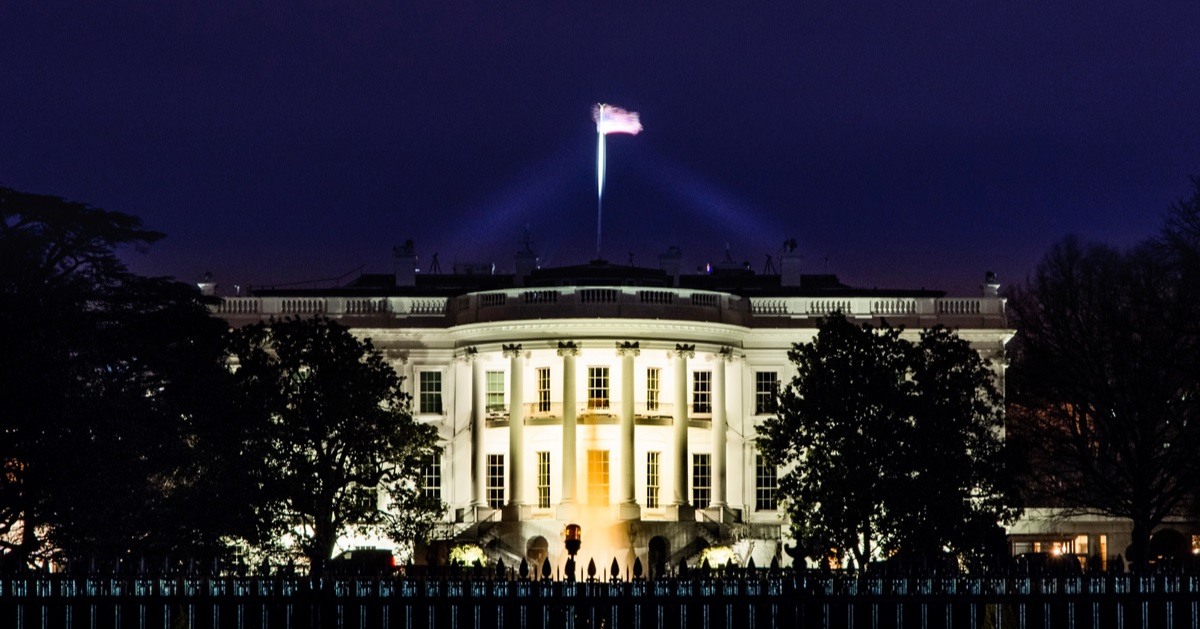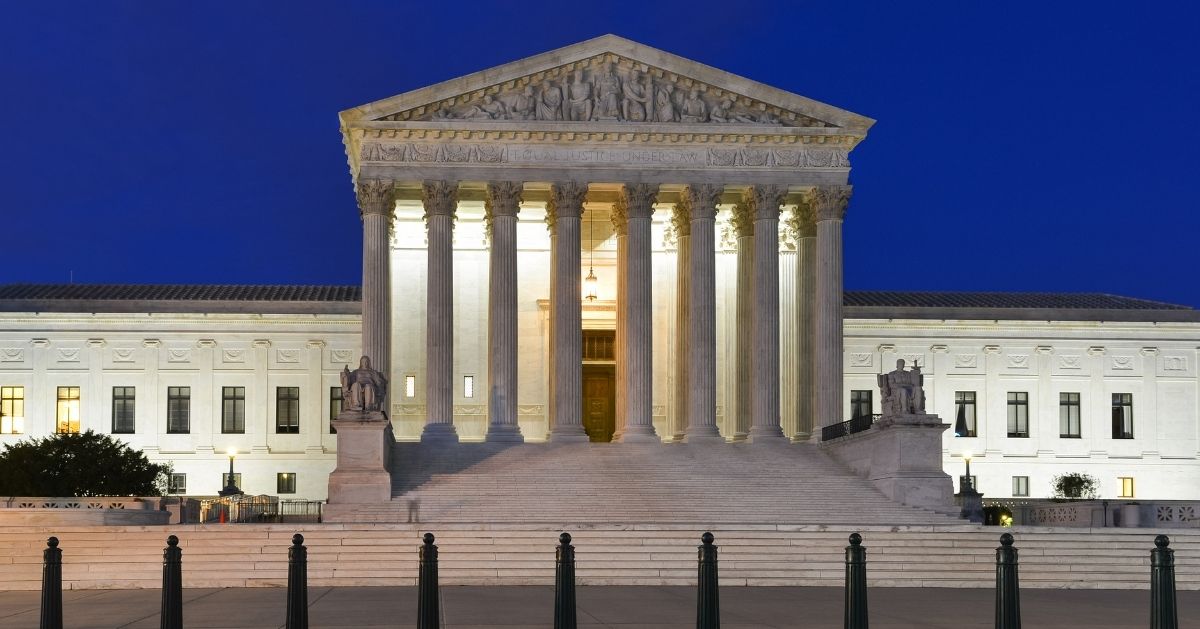Supreme Court rules 8-1 to uphold temporary disarming of individuals subject to domestic violence restraining orders
In 2022, the Supreme Court issued its Bruen decision that both struck down New York's restrictive concealed carry laws and established a new test for Second Amendment cases based on historical traditions of firearm regulations rather than interest-balancing that typically favors the state over the individual.
On Friday, the Supreme Court had its first opportunity to apply the new Bruen standards to a Second Amendment case and ruled 8-1 to uphold a federal regulation that temporarily disarms individuals while subject to a domestic violence restraining order, according to The Reload.
At issue in the case was a Texas man named Zachary Rahimi who challenged the constitutionality of the federal regulation in question under Bruen after he was criminally charged and pled guilty to illegally possessing firearms and ammunition while subject to a restraining order obtained by his ex-girlfriend.
Prohibition on possession upheld
In the majority decision in U.S. v. Rahimi, Chief Justice John Roberts wrote, "When a restraining order contains a finding that an individual poses a credible threat to the physical safety of an intimate partner, that individual may -- consistent with the Second Amendment -- be banned from possessing firearms while the order is in effect."
"Since the founding, our Nation’s firearm laws have included provisions preventing individuals who threaten physical harm to others from misusing firearms. As applied to the facts of this case, Section 922(g)(8) fits comfortably within this tradition," he added.
Roberts examined the statute in question, 18 U.S.C. § 922(g)(8), which makes the possession of firearms and ammunition unlawful for anyone "who is subject to a court order that -- includes a finding that such person represents a credible threat to the physical safety of such intimate partner or child," among other criteria.
In seeking out historical analogs to that prohibition, the chief justice looked at surety bonds that could be applied to individuals suspected of engaging in future violence against others as well as laws against "going armed" in public with the intent to terrorize or commit violence against others, which he deemed to sufficiently resemble the modern law temporarily disarming individuals deemed to pose a credible threat against others.
"Taken together, the surety and going armed laws confirm what common sense suggests: When an individual poses a clear threat of physical violence to another, the threatening individual may be disarmed," Roberts explained. "Section 922(g)(8) is by no means identical to these founding era regimes, but it does not need to be."
The chief justice also took time to chastise lower courts on both sides of the Second Amendment issue for misapplying the Bruen standards either too loosely or too rigidly, and wrote that just as the Second Amendment protects more than just "muskets and sabers" in use during the Founding era, so too did it allow for more regulations than just what was in place in 1791 when the amendment was ratified.
Concurring opinions from others
SCOTUSblog reported that while all but one of the associate justices joined Chief Justice Robert's majority opinion, several of them authored their own concurring opinions that agreed with the conclusion but raised other points.
For instance, both Justice Sonia Sotomayor and Ketanji Brown Jackson took the opportunity to express their continued disagreement with the Bruen standards, even as they sided with its outcome here.
Likewise, Justices Neil Gorsuch and Amy Coney Barrett wrote separate concurrences that agreed with Roberts' conclusion but argued that the Bruen standards should be applied, for Gorsuch, more narrowly, or for Barrett, more broadly.
Thomas dissents
The sole dissent in Rahimi came from Justice Clarence Thomas, the author of the Bruen decision, who asserted that the historical analogs of surety bonds and "going armed" laws presented by the majority were too dissimilar from the modern law in question to satisfy the new standard.
He argued that the case was "not about whether States can disarm people who threaten others," given ample other laws on the books that did exactly that upon a conviction, but rather was about "whether the Government can strip the Second Amendment right of anyone subject to a protective order -- even if he has never been accused or convicted of a crime. It cannot."






